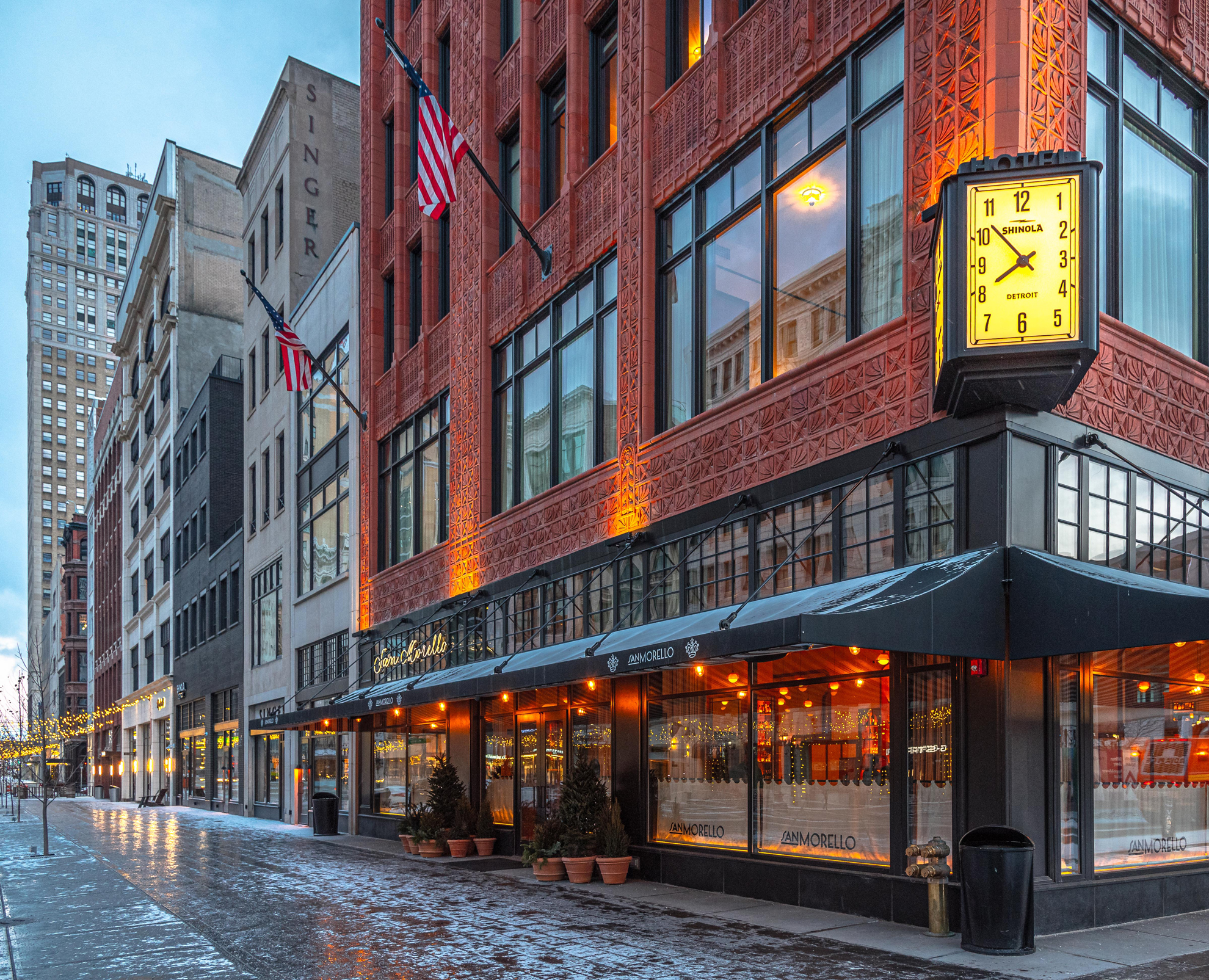by Alicia Hoisington
Hoteliers should look to every inch of their properties for opportunities to maximize revenue, and that includes spaces that might be underutilized. When owners think of new ways to use these spaces, their bottom lines will thank them.
“The public spaces in most hotels have been vastly underutilized except for the hotel bar,” said Roger Storer, principal at IGroup Design. For example, he cited entrances and lobby space at hotels, which seem to exist as places for guests to pause, quickly meet others or act as a way in and out of the property.
“Other than creating a sense of entry, they serve little purpose,” he said.
Looking for new ways to drive profitability from your hotel asset? Introducing Hotel ROI: An innovative one-day event series brought to you by Hotel Management and in partnership with the Asian American Hotel Owners Association (AAHOA). Hotel ROI focuses on the critical issues in local markets and delivers actionable insights for immediate implementation. Discover our 2017 cities at www.hotelroi.com.
Bob Kraemer, principal and co-founder of the Kraemer Design Group, said many older properties built 20 to 30 years ago were constructed without much value placed on the ground floor space. He mentioned a hotel his firm is working on in Detroit that was built 12 years ago and located three blocks from the central business district. When the hotel was constructed, office space was put into the ground floor of the building.
“Retail is now becoming vibrant downtown, and that is valuable space that otherwise makes no money at all. It might as well be vacant,” Kraemer said. “We are constantly trying to activate the ground floor, especially in limited-service hotels where there hasn’t been a concentration on a bar or restaurant.”
He said that one area of the hotel many hoteliers are attempting to do away with is the pool because it costs a lot to run. When old pools need new equipment, he said owners are asking whether they should replace it or find a better use for the space. In many cases, he has seen owners ask for waivers from brands to get rid of the pool and replace it with meeting space.
“It makes sense because usually it’s a large space, and the pool is never in a prime spot,” which makes it perfect to convert to meeting space, Kraemer said.
Fitness centers are also an opportunity to convert for value, he said. In older hotels especially, fitness centers are rarely on the ground floor and sometimes are adjacent to guestrooms with a similar footprint. He said hoteliers can consider converting fitness rooms to guestrooms, which is easy to do because they already have the plumbing and footprint required.
“Developers are realizing that a key is worth more than a fitness room because the fitness experience in these hotels is not good,” he said.
When designing hotels, Storer said flexibility is key to make sure spaces don’t become underutilized so that driving revenue is always top of mind.
“You need to change the function of spaces as consumer behavior changes,” he said. For example, he said meeting rooms used to have a boardroom table with a whiteboard, leaving little room for customization. Today, meeting rooms are designed to accommodate different groups’ needs with flexible furniture, multimedia projections, iPod connectivity and other technology, all of which offer a customized experience that will help to drive revenue.
Kraemer said that in some limited-service hotels, meeting rooms can be awkward sizes that won’t hold large meetings, and hotels would be better off splitting the larger room into two boardrooms instead in order to capture more revenue.
“We’re hearing from clients that by investing in better furniture and technology, they can sell those rooms much better as boardrooms versus meeting rooms that are underappointed,” he said.
Kraemer said hoteliers are also looking to outside spaces to turn underutilized space into revenue centers. In urban areas, many hotels have converted the roof to decks and bars.
“It’s a great opportunity because once you build the deck and add furniture, you can become a rentable [food-and-beverage] outlet,” he said. Additionally, rooftop spaces can add value to group business, he said, by offering cocktails and a portable bar to guests.
Outside spaces such as patios can be a great value-add as well, he said. These spaces not only look good, but they are inexpensive to create and require low maintenance.
“Always look to create spaces that you can rent out to F&B outlets as something you can upsell to groups,” he said.
This article originally appeared in Hotel Management.
